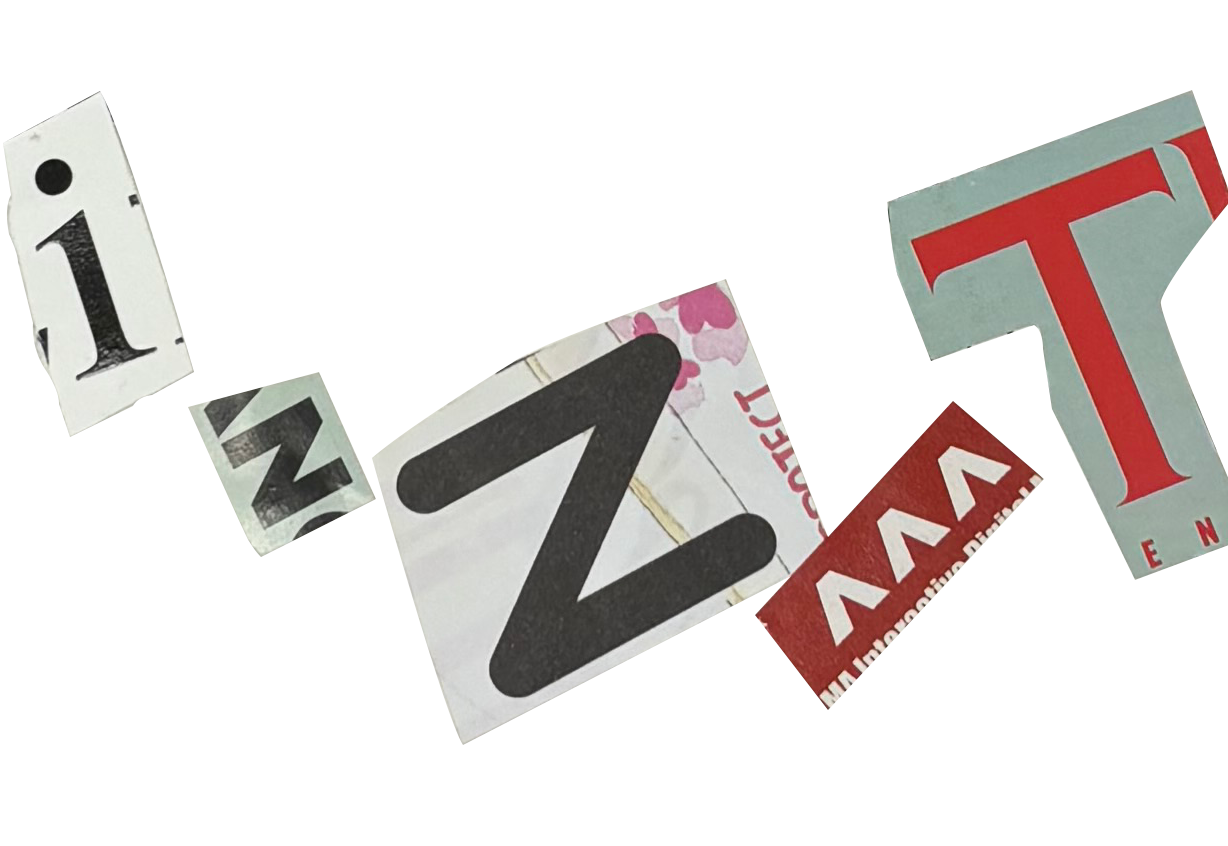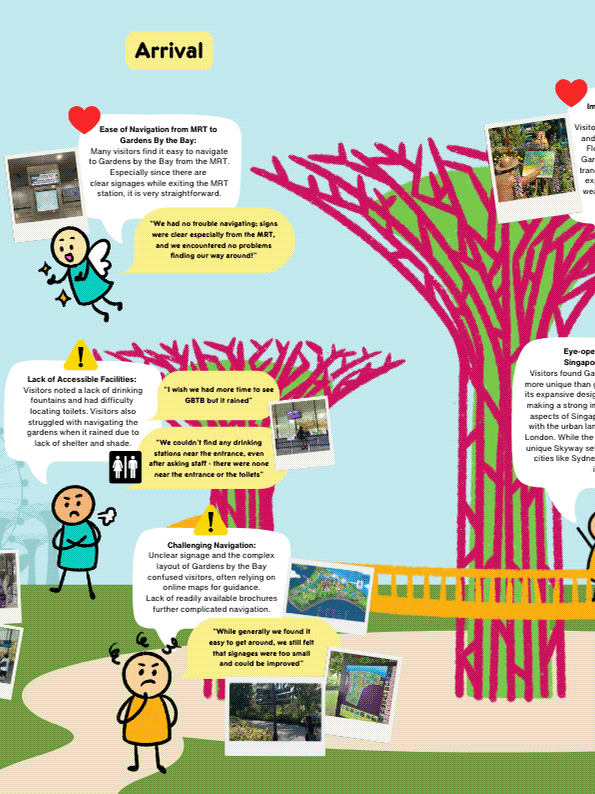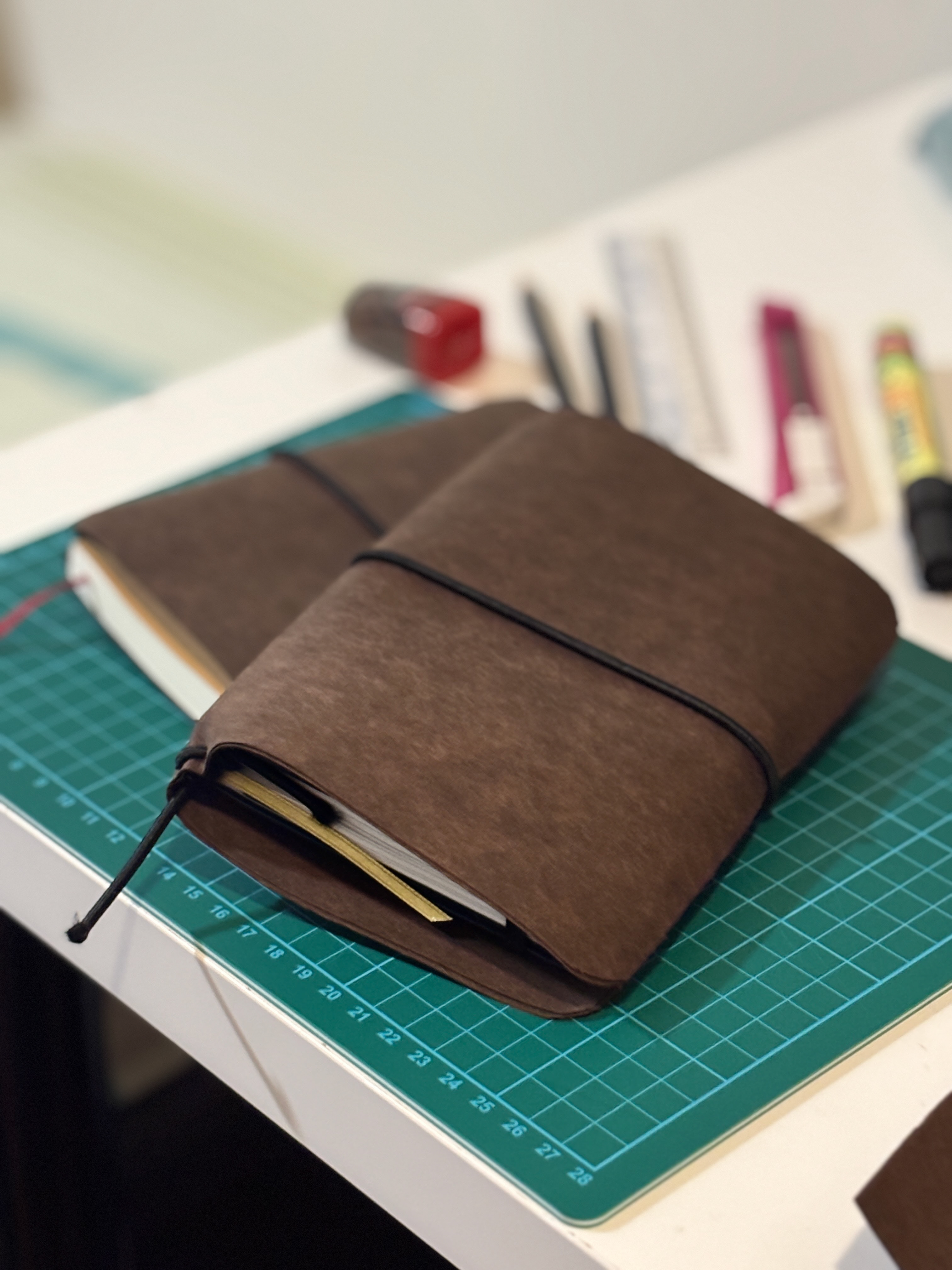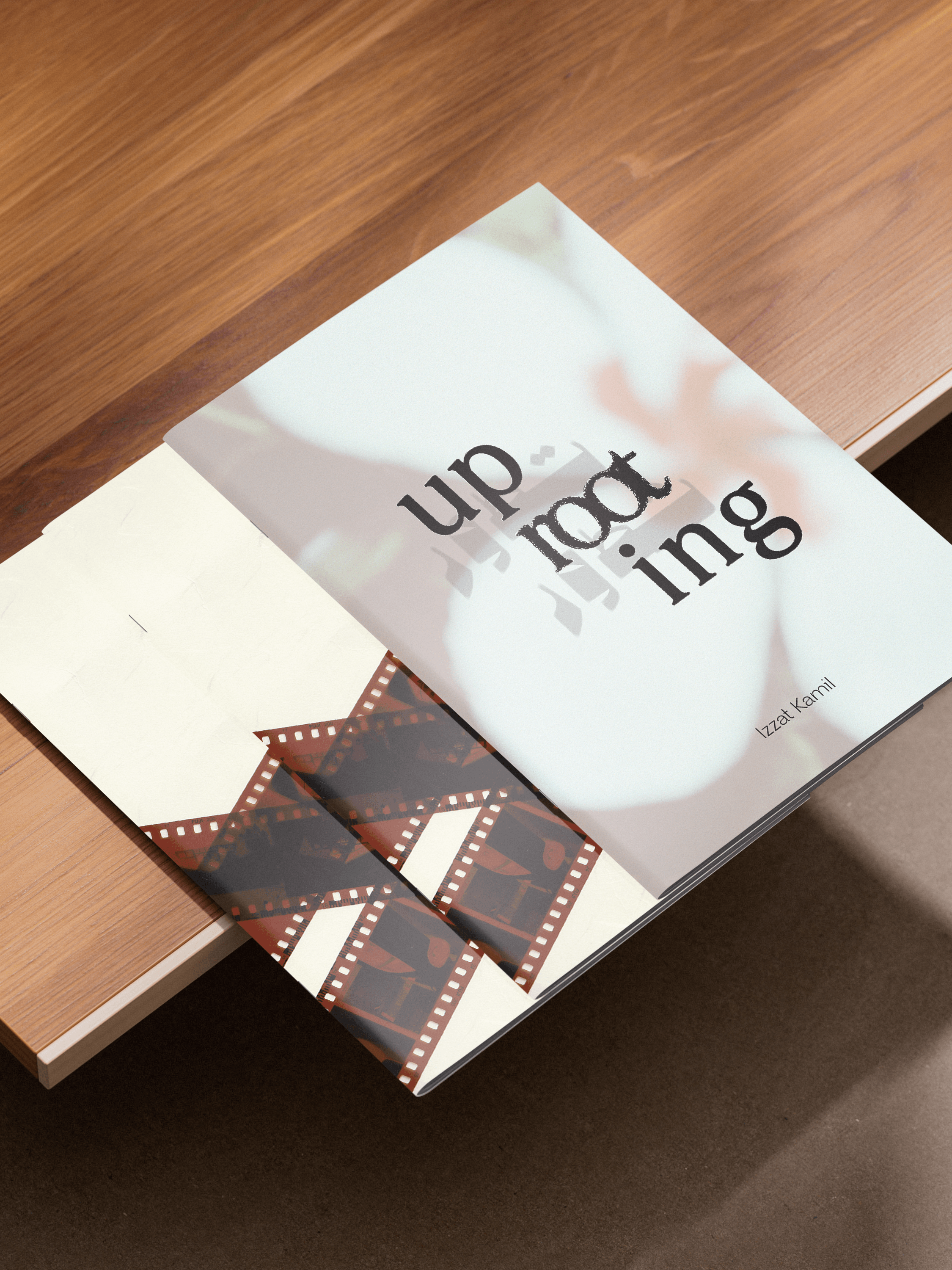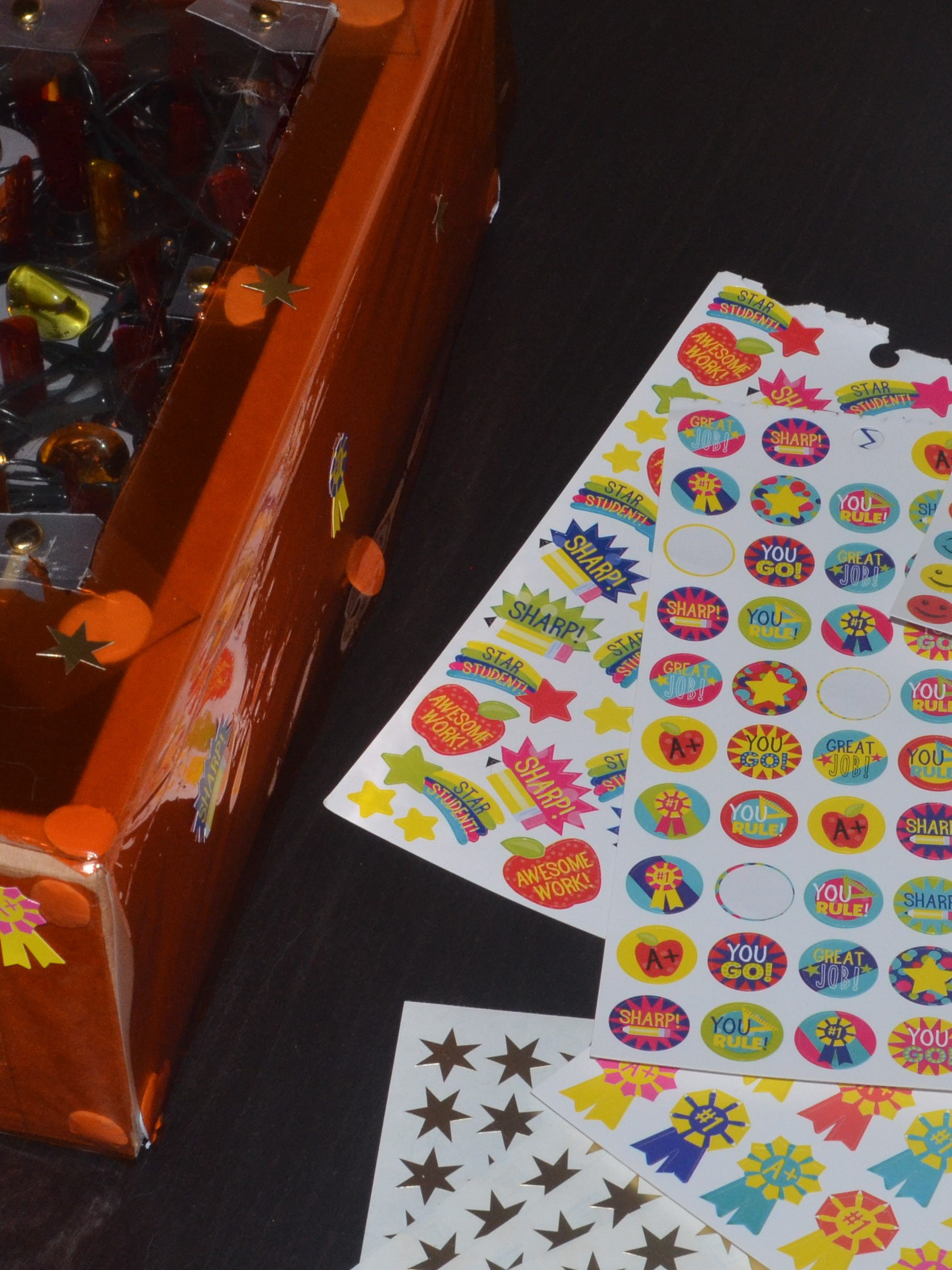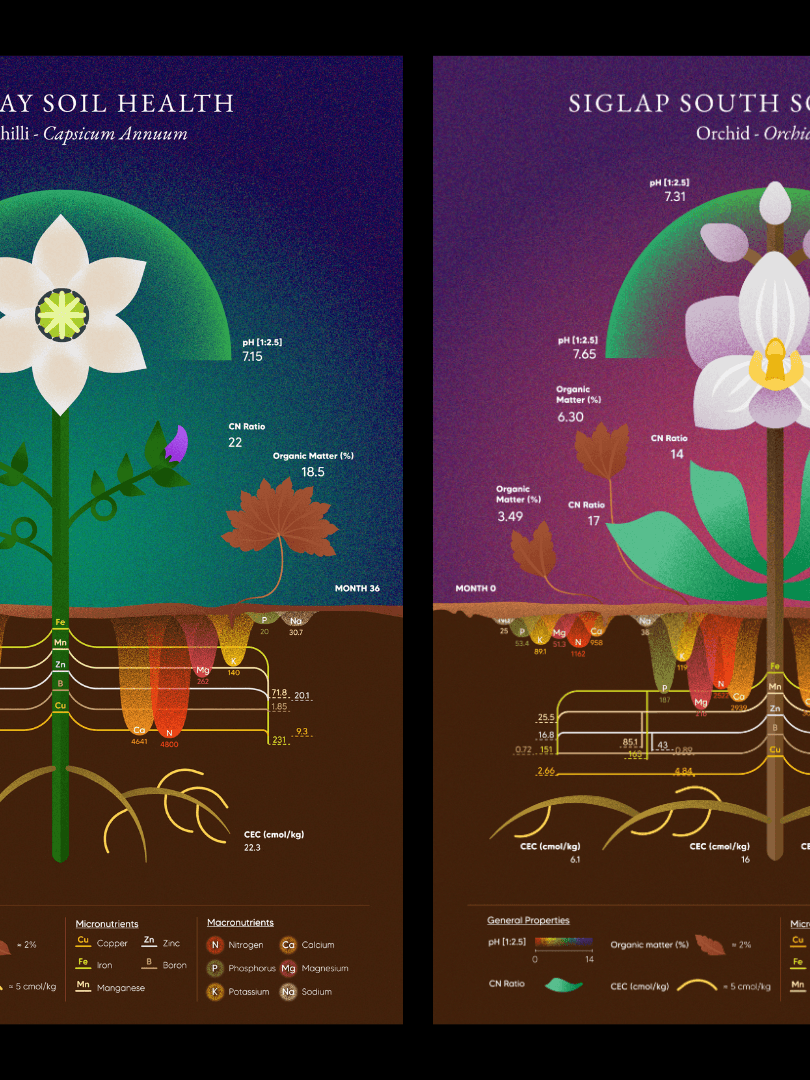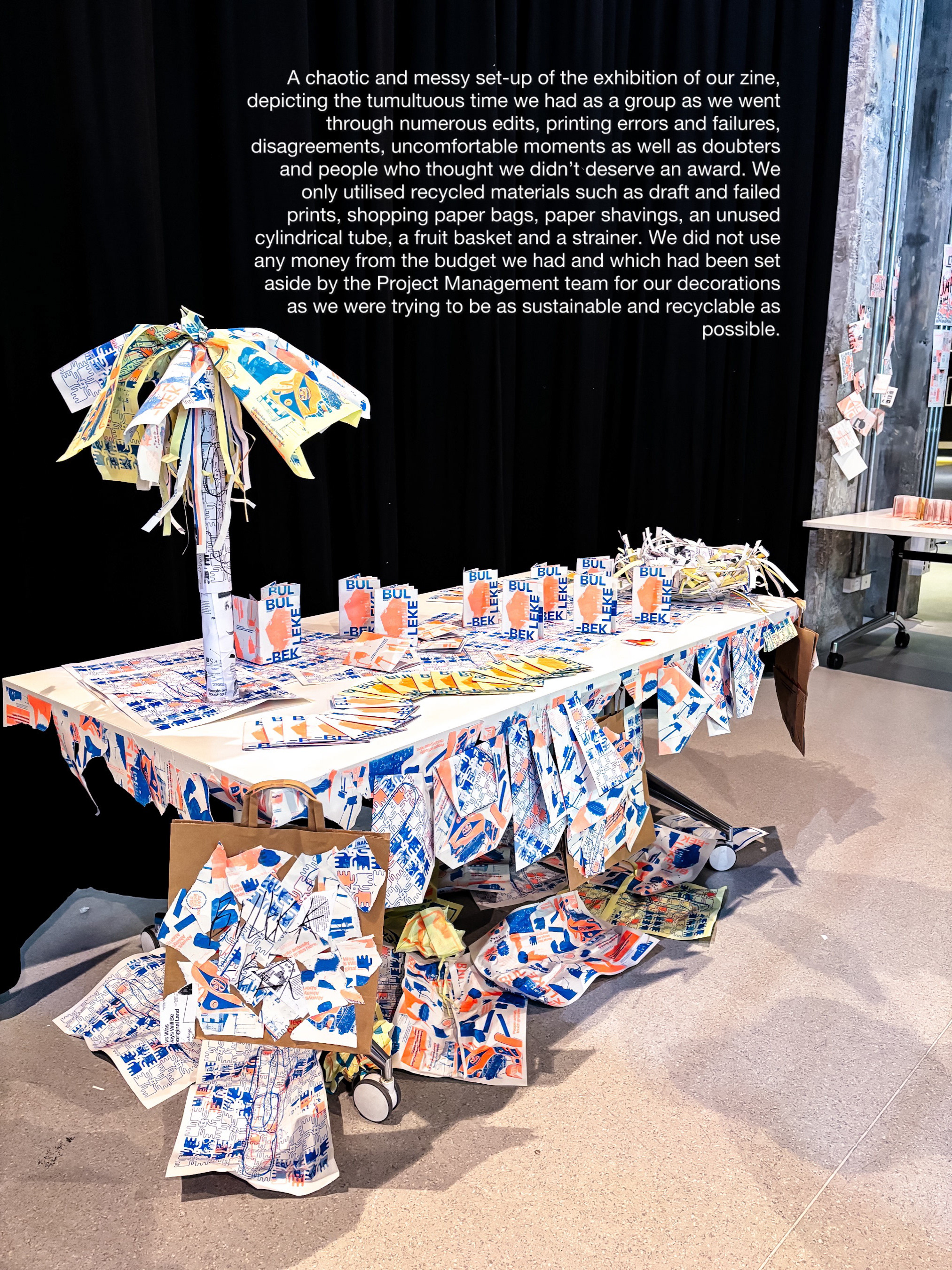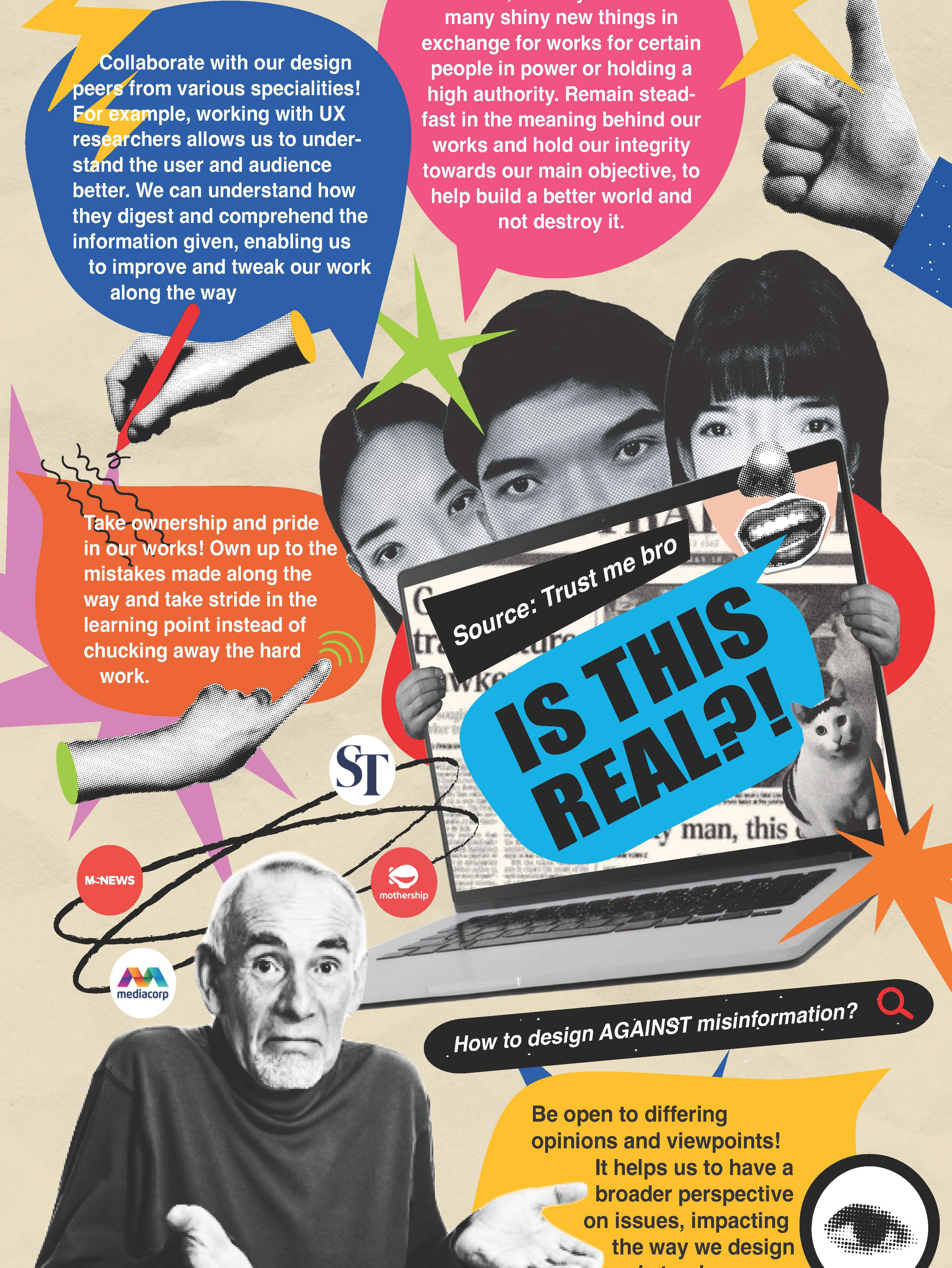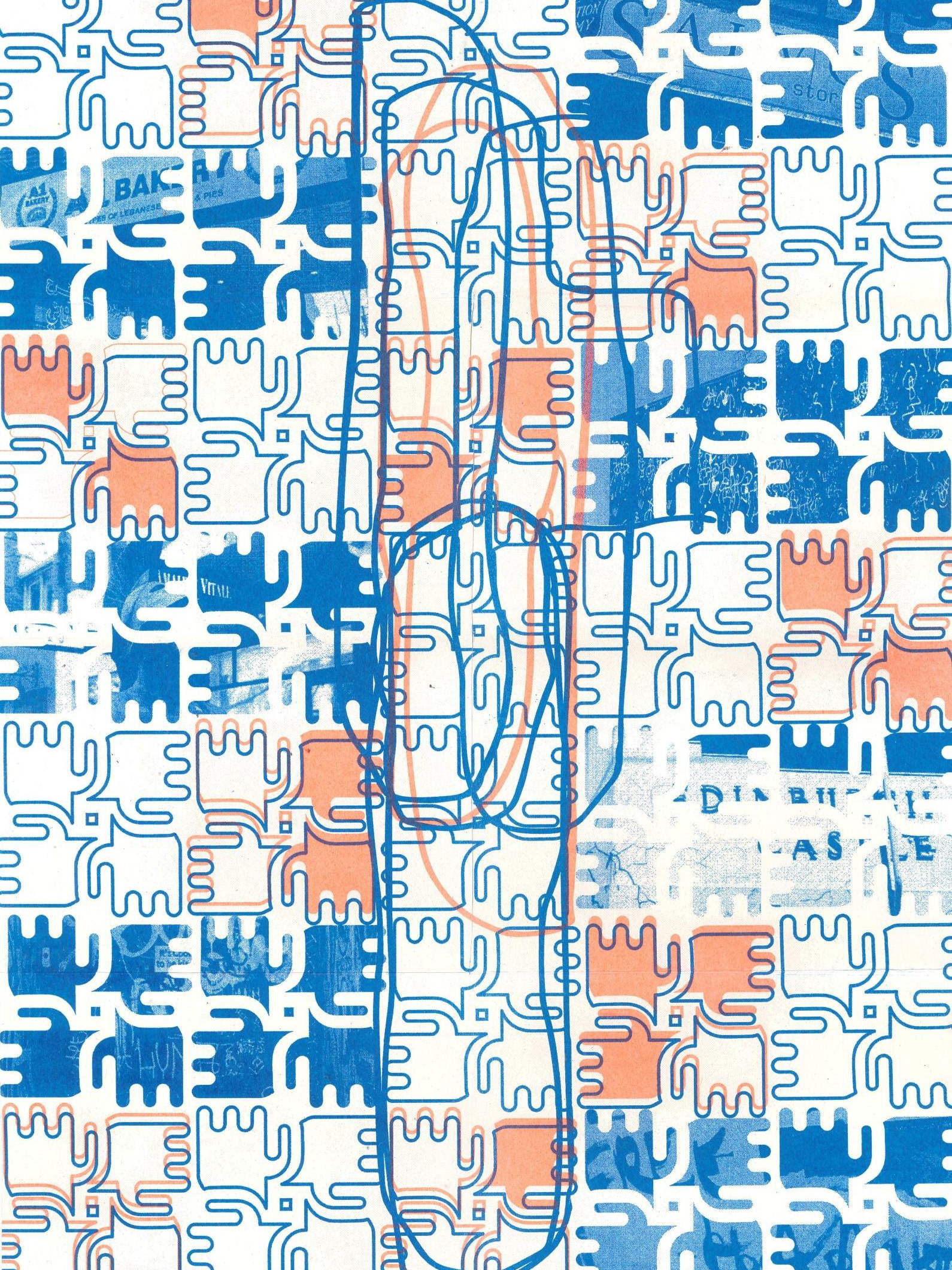Living Systems
As a team of 6, we were tasked to understand and map the context for Singaporean green spaces using systems and strategic design skills.
We explored green spaces from social, environmental, and economic perspectives, demonstrating our understanding of the complementary aspects and tensions between these three lenses.
Our three assignments were:
- Develop a discovery process for your project team so that you can prepare for, conduct interviews and then make sense of your data with assistance from AI (ChatGPT, Claude)
- Map what we found out using the supplied systems map in MIRO, with a story of the system
- A ~500-word personal reflection on our own emerging design practice
Self-Reflection Essay
We were given the golden opportunity to be shown around Boon Lay Nature Garden by Living Soil Asia and Han Jing, who is an expert in the world of plants, trees, leaves, nature and its growth and regeneration. Standing around my peers that day, everything that was shared had me in awe and it opened my eyes into a world I had never delved into before. We were not just given a tour, we had the privilege to try leaves plucked fresh from the plants and trees and taste them! I had such a wonderful time at the nature garden and learned many new things about the vast nature around us we take for granted.
After the tour and observation at that green space, my group and I moved to have our lunch and complete our 20 intercept interviews. I am blessed to be grouped with helpful and hard-working individuals in Estelle, Jasrine, Justine, Tori and Lizandro. Justine and I completed our interviews with the public at the bustling Jem shopping centre in Jurong East. We managed to have meaningful conversations with many shoppers and participants in the mall during that lunchtime period!
I remember being nervous, shy and apprehensive to approach members of the public at first. Although I needed to do interviews as well back in school when I was taking my diploma, my personality or character may have changed a little ever since then (4-6 years ago!). Justine and I walked through the shopping centre and pointed out potential interviewees to each other whenever we passed them. However, we only managed to shoot each other a look and burst out laughing as both of us were too shy to ask! We managed to build up the courage to start asking people. After some time, we gathered courage and confidence to ask more and more people and gather more insights through those casual chats we had with them.
This experience has made me realize and understand the importance of interviews as a qualitative research method. Intercept interviews or longer sit-down ones enabled me to gather meaningful insights and scratch the brilliant minds all around us. For example, in the Jem shopping centre Justine and I went to, there is an Ikea outlet in the mall. We approached a handful of our interviewees while we were in Ikea, and they gave us good answers and replies. As I reflected on our approach, I believe that we did well in that sense as being in a furniture shop ensured that our interviewees’ answers would be captured in real time, as they are shopping for items for their own respective households. This made them think about their house, its estate, the land that it was built on and strongly linked back to our main focus, which was regarding the clearing of green spaces to build more housing. The replies given were impactful and honest, and it provided us with a good set of qualitative data.
On that note, it was surprising to me that approaching people from the younger generation was easier. They were more willing to stick around and have a chat with us even though they were interrupted as they were going about their day. I was under the impression that we would have an easier time getting older interviewees as they would have more time to spare and more opinions to share as they have gone through more experiences and changes in the community. Through this personal reflection and reading up articles and ideas, this positive shift in the society may be attributed to the rise of short-form videos of street interviews all across social media. The general audience appreciates these videos as they are usually raw, honest and charming as the common folk share their point of view and it speaks to many. Maybe people are more willing to speak their mind these days, and that the society is more receptive to change.
On the flipside, making sense of the huge data set we have can be a daunting task. As a first time user of Miro, seeing tons of post-it notes plastered across the group’s board shocked me. Not only that, I have also never used any AI tool or software before, hence I was very unfamiliar with how to use ChatGPT or Claude properly to get the best results. With the help of my group mates and the helpful guides from the module slide decks, I managed to use Claude and gather the first level of insights from my raw data set. This allowed me to discuss further with my group what we feel about the insights Claude gave me and how we can present it in our systems mapping, connecting well with the other results my peers have attained as well.
All in all, as an individual, I was put outside of my comfort zone throughout this assignment. I am more introverted nowadays. Having to approach several people, face rejections and squirm around awkward moments when I did not know how to react to an answer that took me by surprise made me endure many tough moments. However, I came out of it with a good set of answers and data, allowing my team and I to produce nuanced themes and insights and drawing links across all of them no matter how different or far-fetched they may be. This
experience has taught me that I have to get to talking to others more in real life! Proper communication allowed me to understand perspectives better, helped me agree to disagree when conversations turn into debates, and have that natural human connection which many of us may lack these days as we are glued to our screens. I look forward to doing more interviews, gathering data and analyzing those results to comprehend the way everything clicks and connects.
